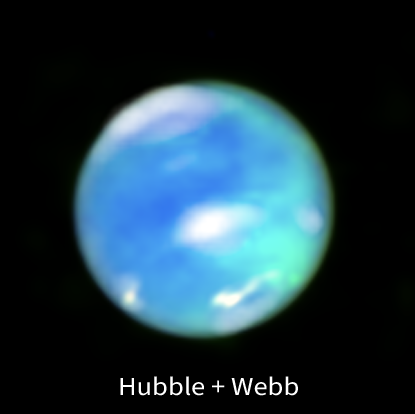CEO of rocket engine startup accused of bankrupting company by misuse of funds
Buyer beware: Christopher Craddock, the founder in 2014 of the rocket engine startup RocketStar, has now been accused by his former CEO of bankrupting the company by the misuse of funds for “pricey jaunts to Europe, jewelry for his wife, child support payments, and, according to the company’s largest investor, ‘airline tickets for international call girls to join him for clandestine weekends in Miami.'”
Onetime stockbroker Christopher Craddock established RocketStar in 2014 after financial regulators barred him from working on Wall Street over a raft of alleged violations. Craddock held the firm out as “an entity that intended to reinvent space exploration,” states a $6 million lawsuit filed by former CEO Michael Mojtahedi and obtained by The Independent.
….according to Mojtahedi’s complaint, RocketStar “is nothing more than a Ponzi scheme… [that] has been predicated on Craddock’s ability to con new people each time the company has run out of money.”
“Craddock recklessly and lavishly misappropriated for his lifestyle almost every cent RocketStar received from investors, running the company into the ground by August 2024,” the complaint says. “At that point, Craddock’s ‘keeping up with the Joneses’ lifestyle caught up with him, investor funds dried up completely, and his house of cards collapsed.”
Whether Craddock was the crook Mojtahedi say he was remains at this moment unproved. In a sense however this is beside the point. This story illustrates one reality about capitalism that no one should ever forget: Be careful with whom you invest your money. Make sure you know their background. And above all, investigate the company thoroughly before investing in it.
It sure appears that the wealthy people who invested in RocketStar did none of this research. They were the con-man’s perfect mark, innocently handing over cash to someone because what he said sounded good. Rocket science however ain’t easy, and merely sounding good is not enough.
Buyer beware: Christopher Craddock, the founder in 2014 of the rocket engine startup RocketStar, has now been accused by his former CEO of bankrupting the company by the misuse of funds for “pricey jaunts to Europe, jewelry for his wife, child support payments, and, according to the company’s largest investor, ‘airline tickets for international call girls to join him for clandestine weekends in Miami.'”
Onetime stockbroker Christopher Craddock established RocketStar in 2014 after financial regulators barred him from working on Wall Street over a raft of alleged violations. Craddock held the firm out as “an entity that intended to reinvent space exploration,” states a $6 million lawsuit filed by former CEO Michael Mojtahedi and obtained by The Independent.
….according to Mojtahedi’s complaint, RocketStar “is nothing more than a Ponzi scheme… [that] has been predicated on Craddock’s ability to con new people each time the company has run out of money.”
“Craddock recklessly and lavishly misappropriated for his lifestyle almost every cent RocketStar received from investors, running the company into the ground by August 2024,” the complaint says. “At that point, Craddock’s ‘keeping up with the Joneses’ lifestyle caught up with him, investor funds dried up completely, and his house of cards collapsed.”
Whether Craddock was the crook Mojtahedi say he was remains at this moment unproved. In a sense however this is beside the point. This story illustrates one reality about capitalism that no one should ever forget: Be careful with whom you invest your money. Make sure you know their background. And above all, investigate the company thoroughly before investing in it.
It sure appears that the wealthy people who invested in RocketStar did none of this research. They were the con-man’s perfect mark, innocently handing over cash to someone because what he said sounded good. Rocket science however ain’t easy, and merely sounding good is not enough.











